Travelling to ancient sites offers a unique glimpse into the past, allowing us to walk in the footsteps of our ancestors and marvel at the ingenuity and artistry of early civilisations. For those with a passion for history and a desire to explore the roots of human culture, here are 7 of the world’s most ancient sites that should be on every traveller’s bucket list.
The Pyramids Of Giza, Egypt
No list of ancient sites would be complete without mentioning the Pyramids of Giza. These iconic structures, built over 4,500 years ago, are a testament to the architectural prowess of the ancient Egyptians.
The Great Pyramid, the largest of the three, was originally constructed as a tomb for the Pharaoh Khufu and remains one of the (and is the only remaining) Seven Wonders of the Ancient World. Visitors can explore the pyramids, the Sphinx, and the surrounding necropolis, gaining insight into the religious and cultural practices of ancient Egypt.
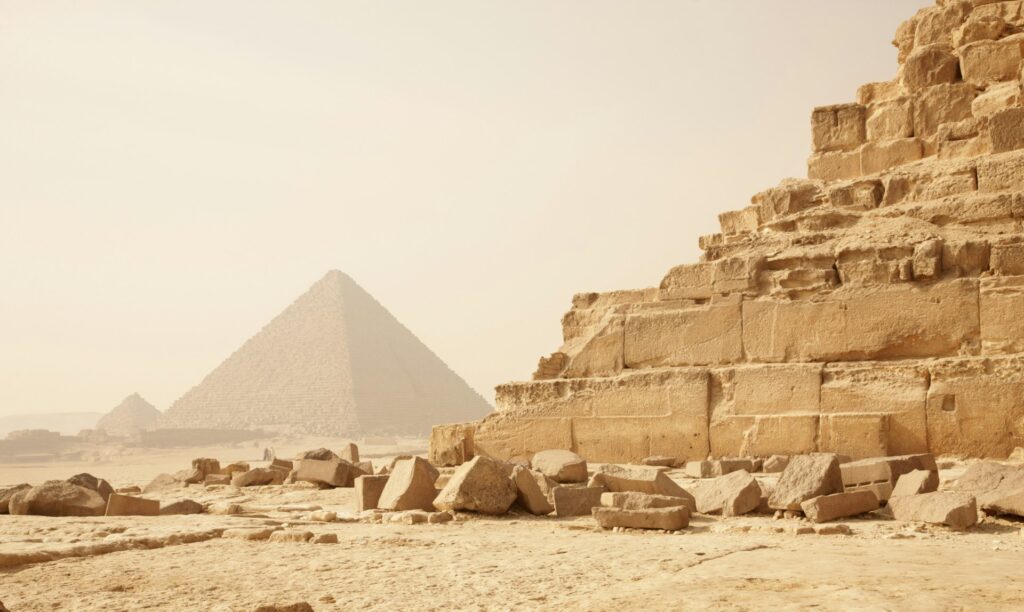
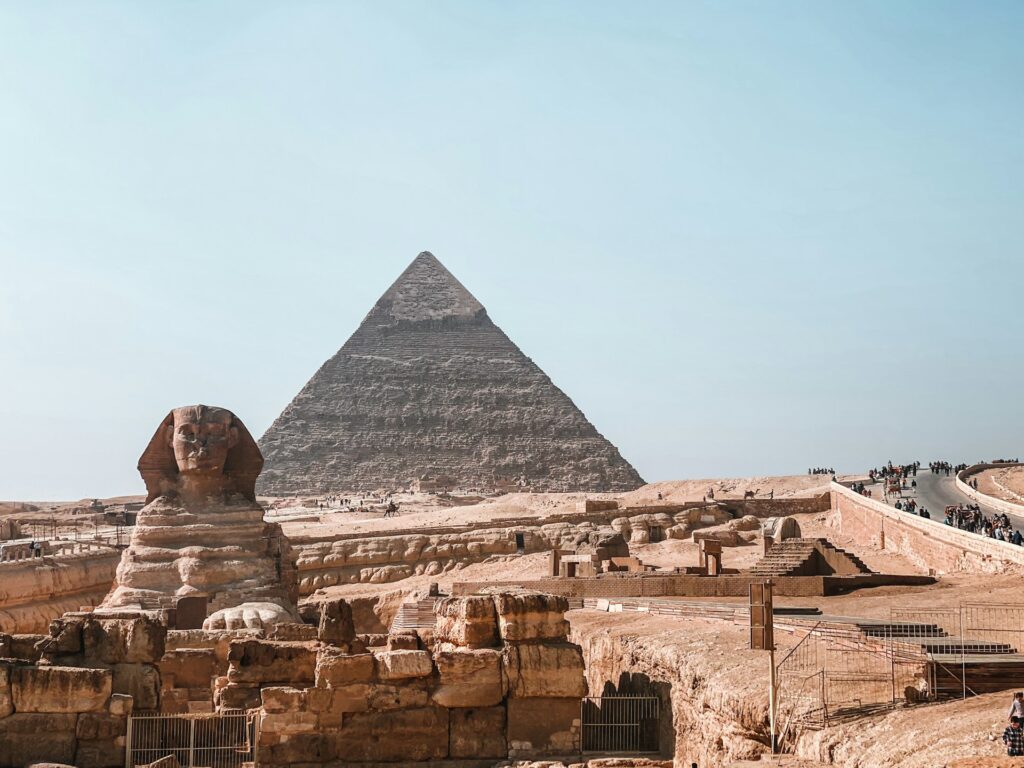
Stonehenge, England
Stonehenge, located in Wiltshire, England, is one of the most famous prehistoric monuments in the world. Dating back to around 3000 BC (making it approximately 5000 years old), this enigmatic stone circle has long been the subject of fascination and speculation. While its exact purpose remains a mystery, it is believed to have been used for ceremonial or astronomical purposes. A visit to Stonehenge offers a chance to ponder the ingenuity of our Neolithic ancestors and the significance of this ancient site.
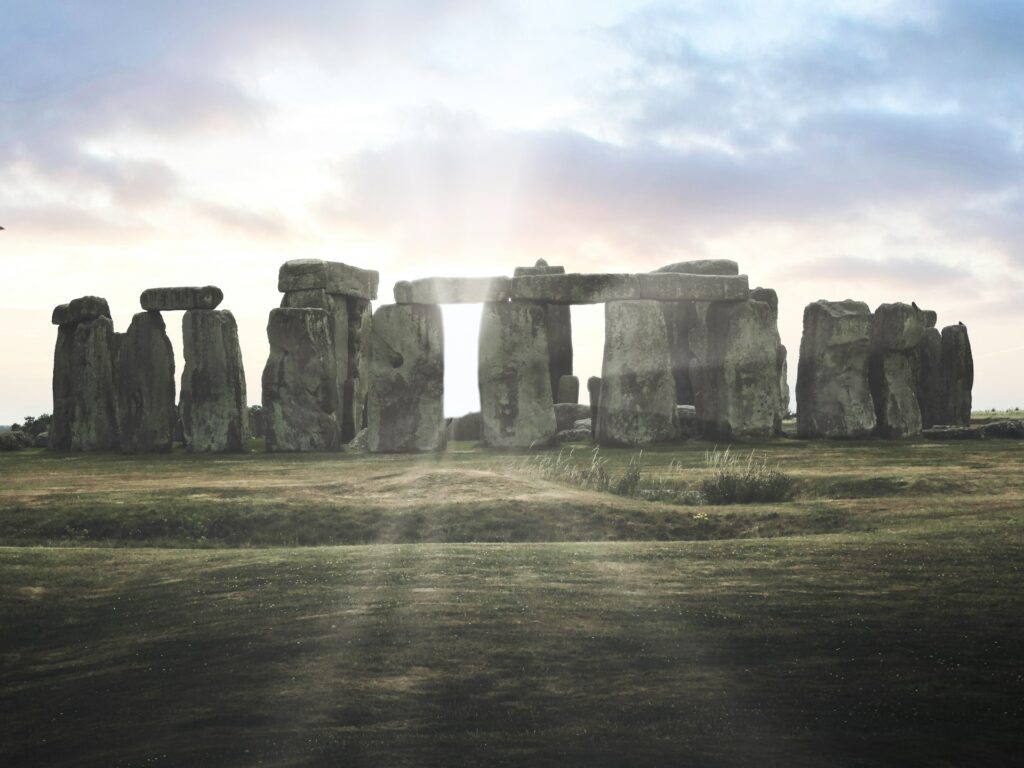
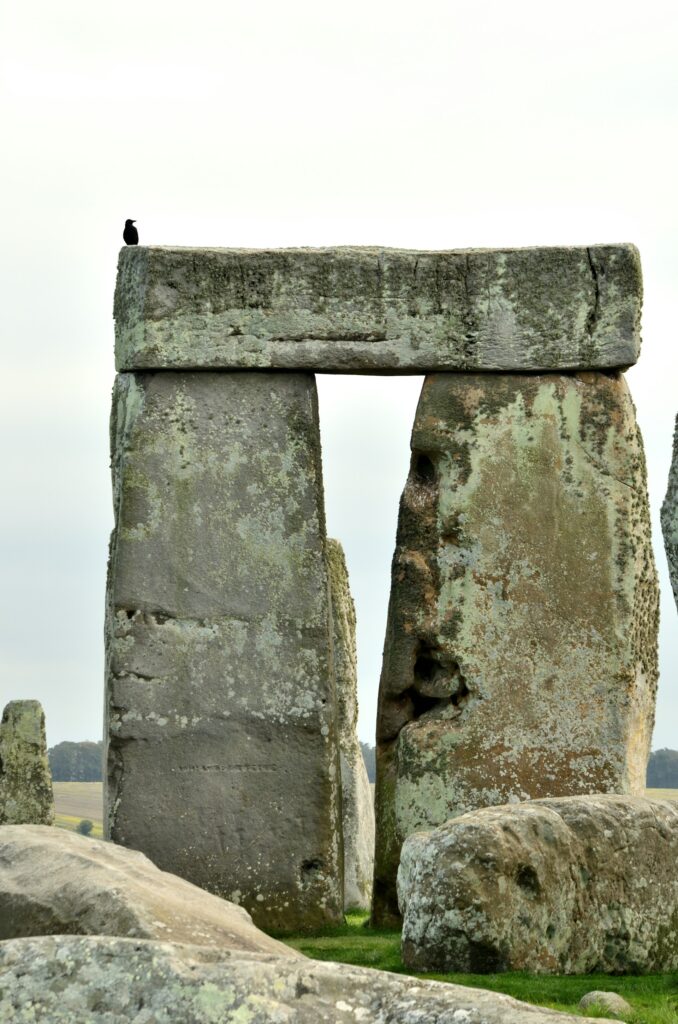
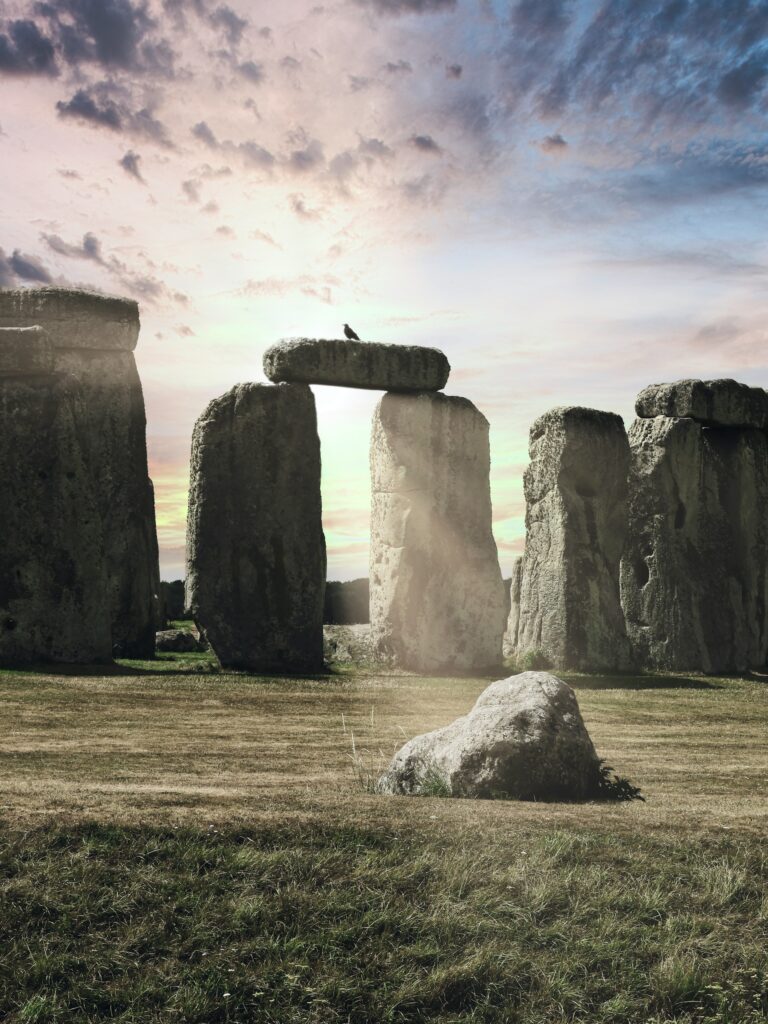
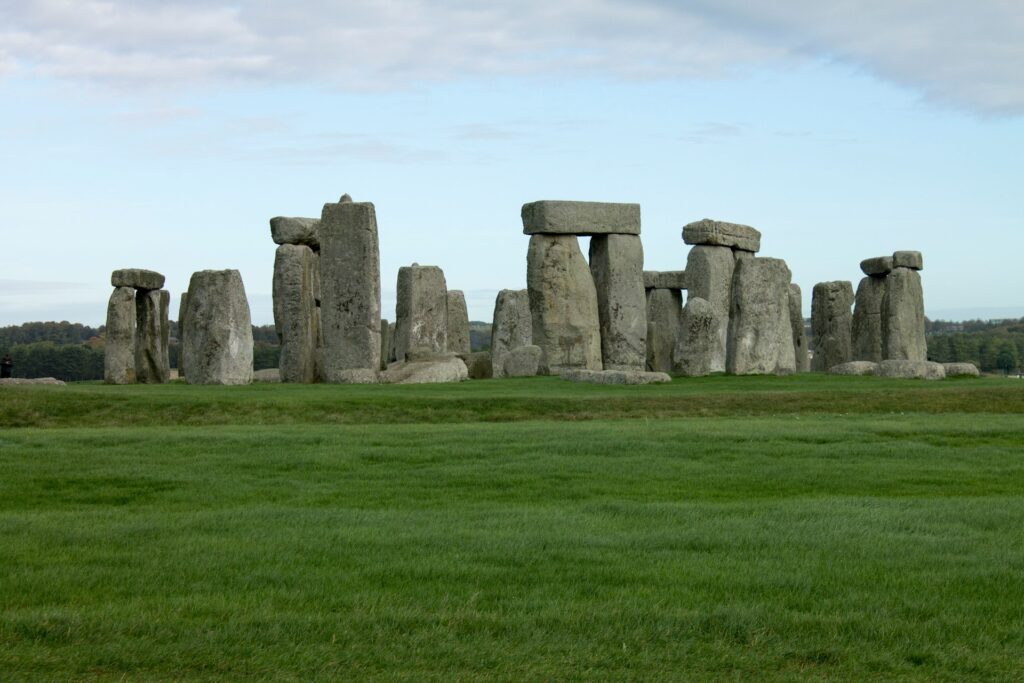
Mecca, Saudi Arabia
Mecca in Saudi Arabia is the holiest city in Islam, a site of immense historical and religious significance. The city is home to the Kaaba, a sacred structure within the Masjid al-Haram mosque, which Muslims around the world face during their daily prayers. The annual Hajj pilgrimage, one of the Five Pillars of Islam, draws millions of Muslims to Mecca each year.
The Kaaba dates back to at least the 7th century AD, but Mecca has been a significant site for thousands of years. While non-Muslims are not permitted to enter the city, the historical and cultural importance of Mecca cannot be overstated, making it a key site in the annals of human history. Umrah 2025 packages are already available for Muslims looking for a tailored trip.
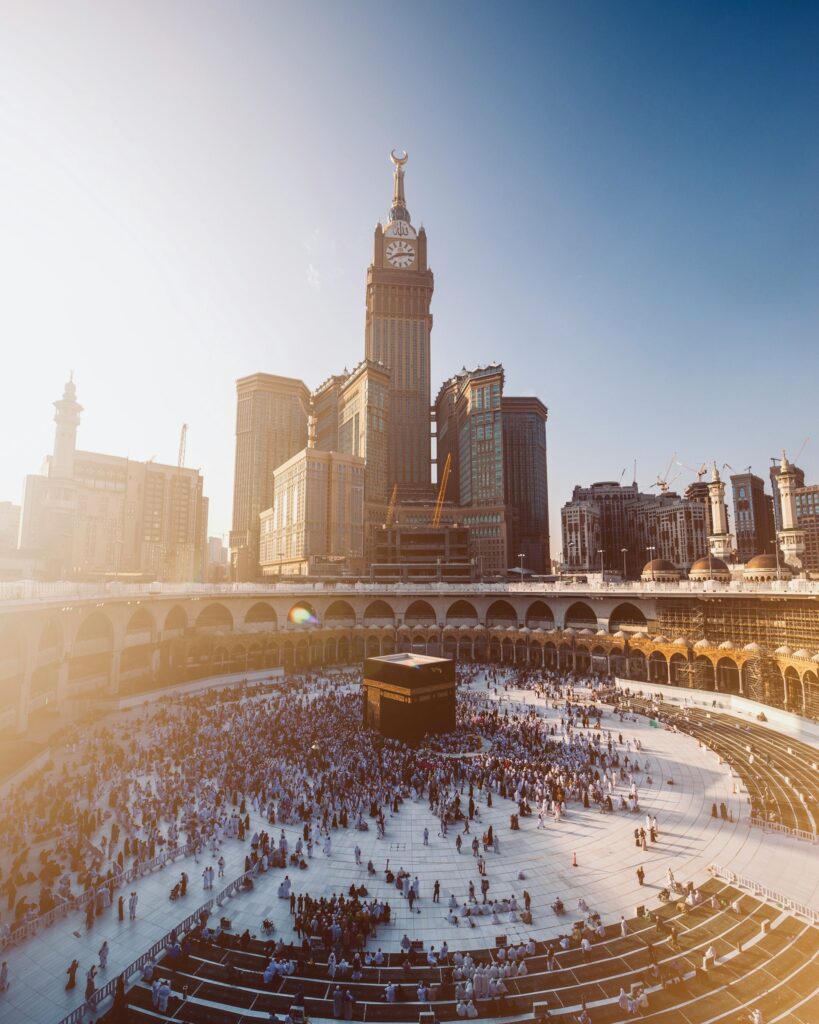


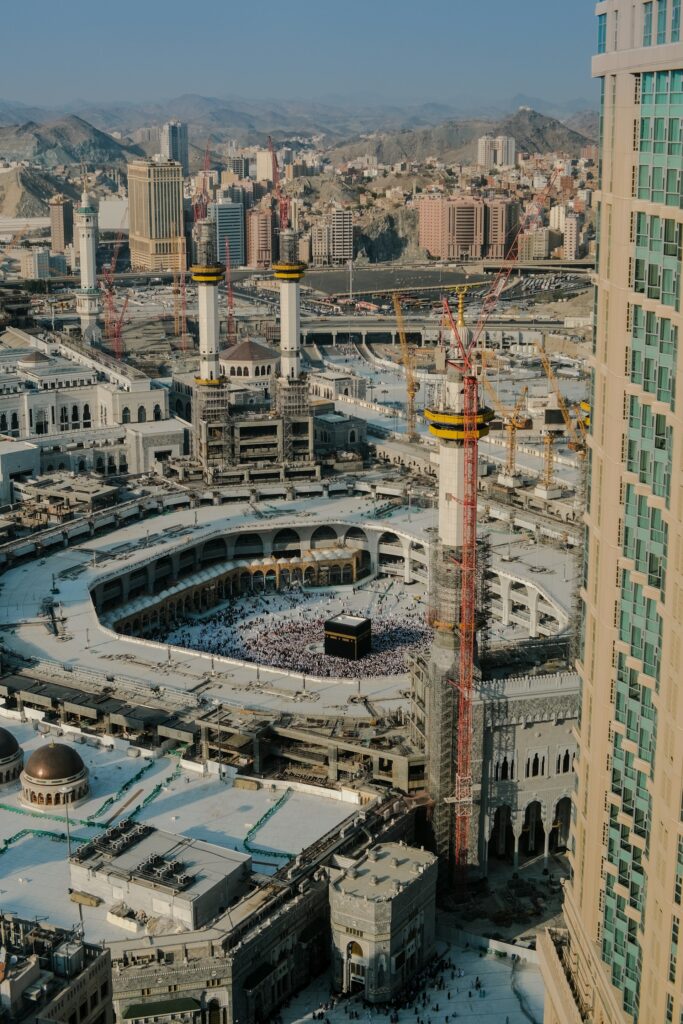
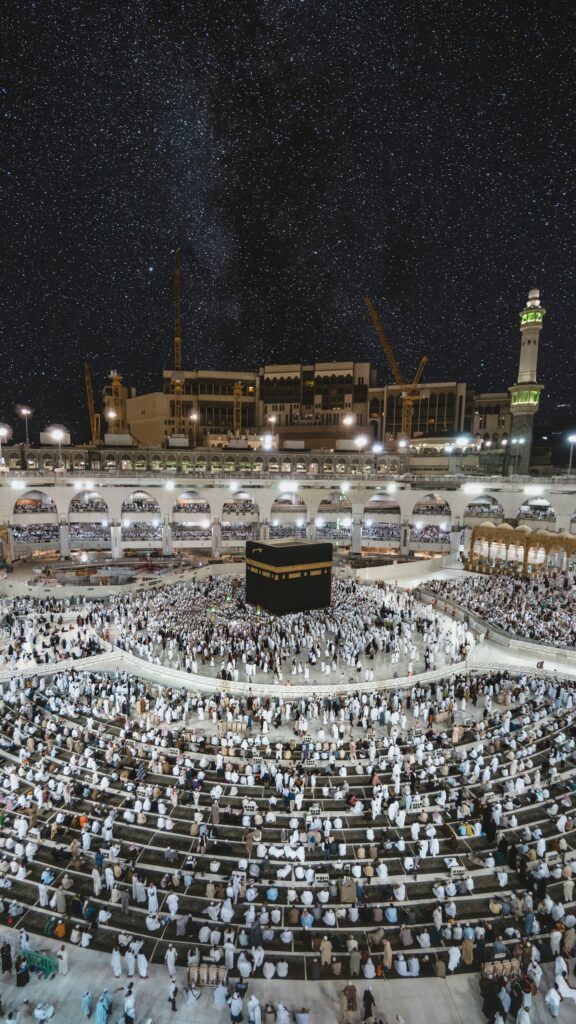
The Great Wall of China, China
The Great Wall of China is one of the most impressive and enduring symbols of ancient Chinese civilisation. Construction of the wall began some 2700 years ago, as early as the 7th century BC, with various sections built and connected over the centuries to protect against invasions.
Stretching over 13,000 miles, the Great Wall is a testament to the engineering skills and determination of the Chinese people. Visitors can walk along restored sections of the wall, taking in the stunning landscapes and historical significance of this monumental structure.




The Acropolis, Greece
The Acropolis of Athens is a symbol of the cultural and intellectual achievements of ancient Greece. Dominated by the Parthenon, a temple dedicated to the goddess Athena, the Acropolis stands as a testament to the artistic and architectural advancements of the 5th century BC.
Visitors can explore the various structures on the Acropolis, including the Erechtheion and the Temple of Athena Nike, and enjoy panoramic views of Athens. The site offers a profound connection to the origins of Western civilisation and the enduring legacy of Greek culture.
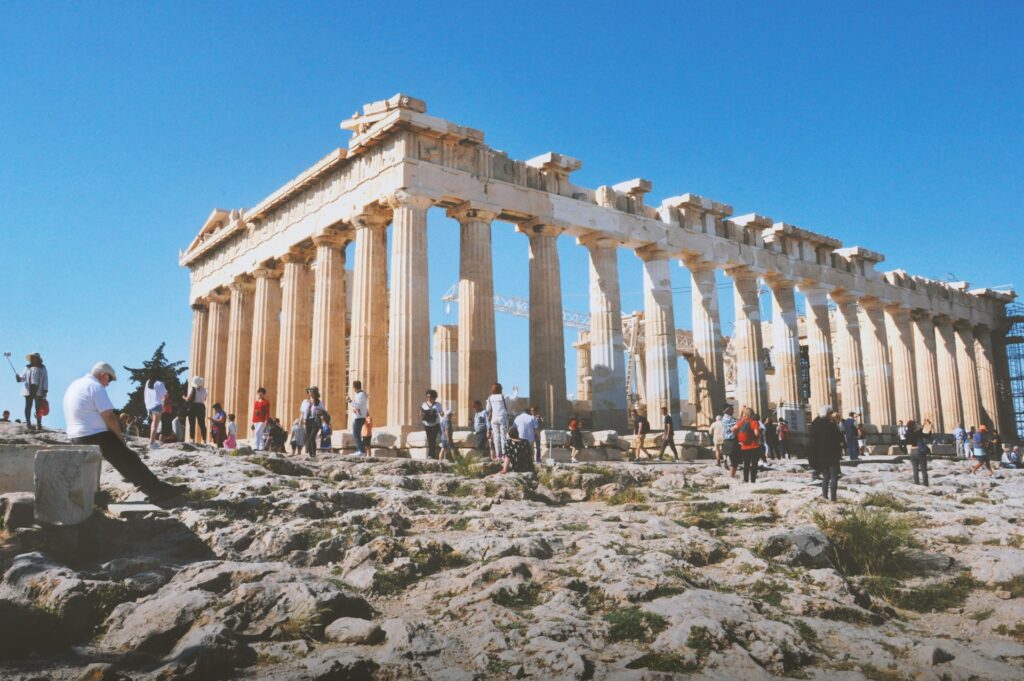
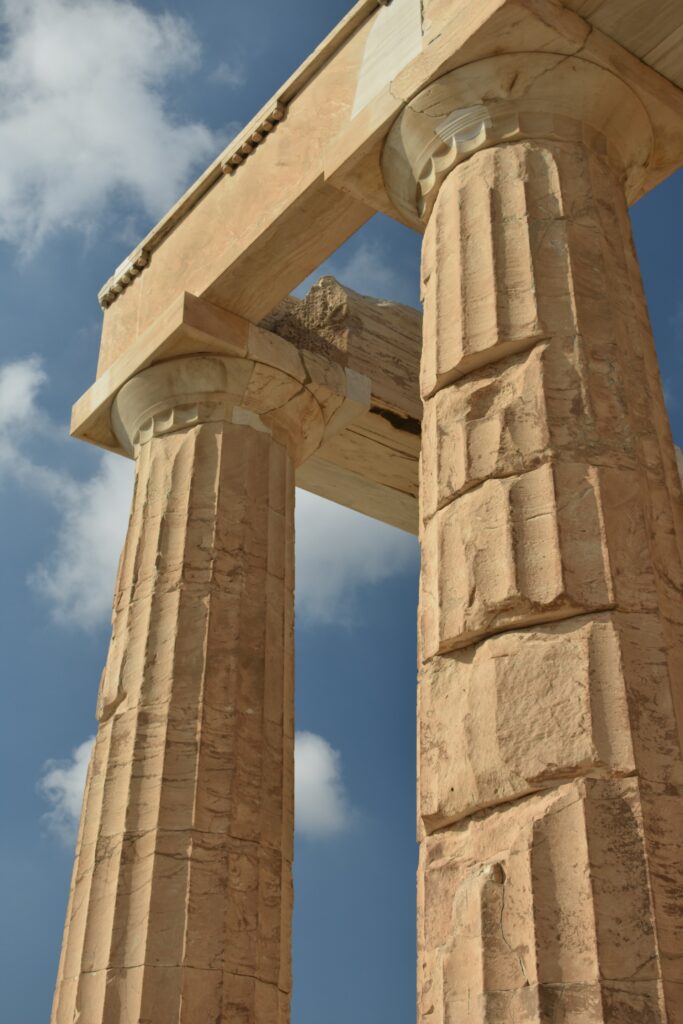
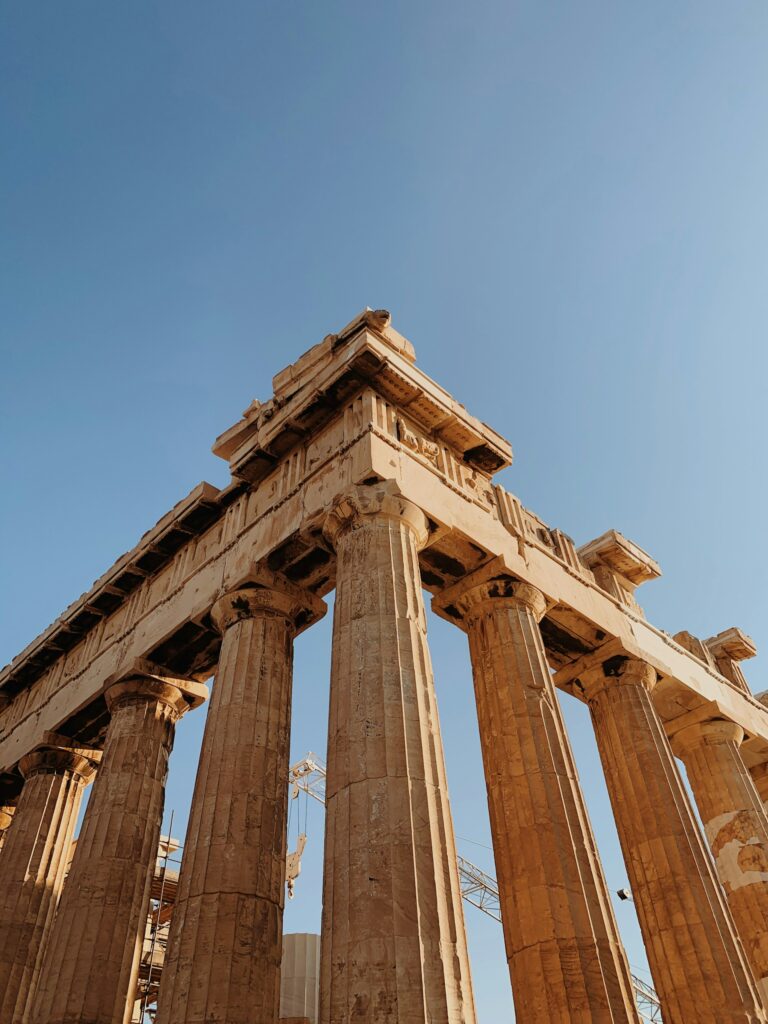
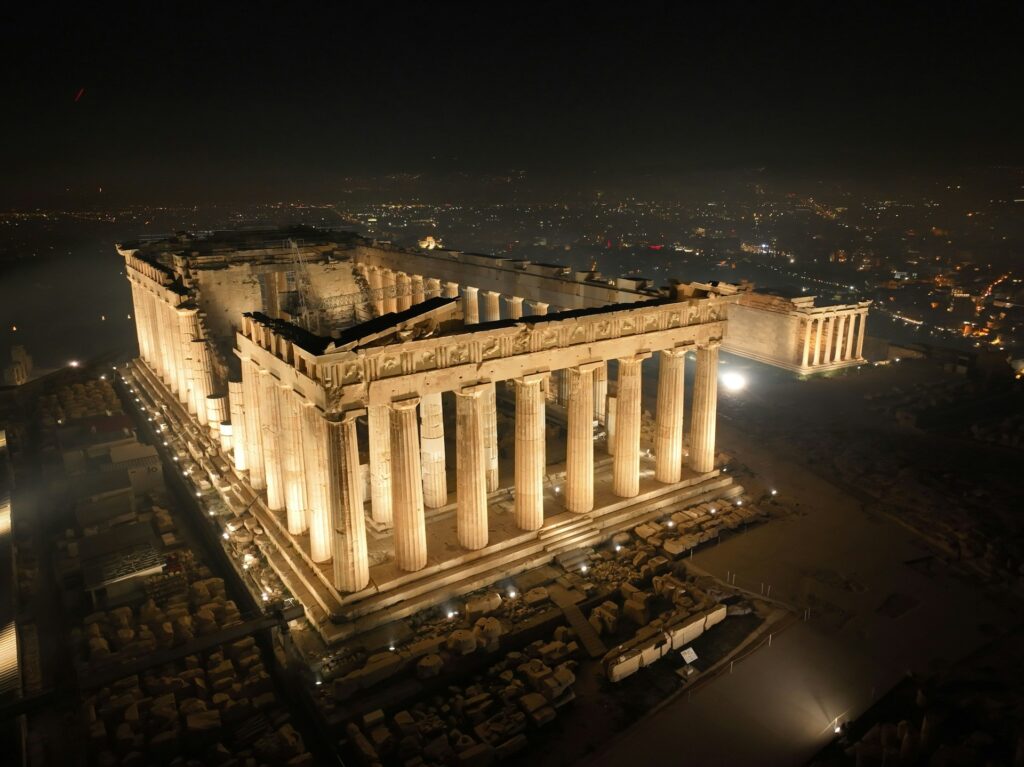
Göbekli Tepe, Turkey
Göbekli Tepe, located in southeastern Turkey, is one of the oldest known temples in the world. Dating back to around 9600 BC, making it around 11600 years old., this archaeological site predates Stonehenge by several millennia. The site features massive stone pillars arranged in circular formations, adorned with intricate carvings of animals and abstract symbols. Göbekli Tepe challenges our understanding of early human societies and their capabilities, making it a fascinating destination for those interested in prehistoric cultures.
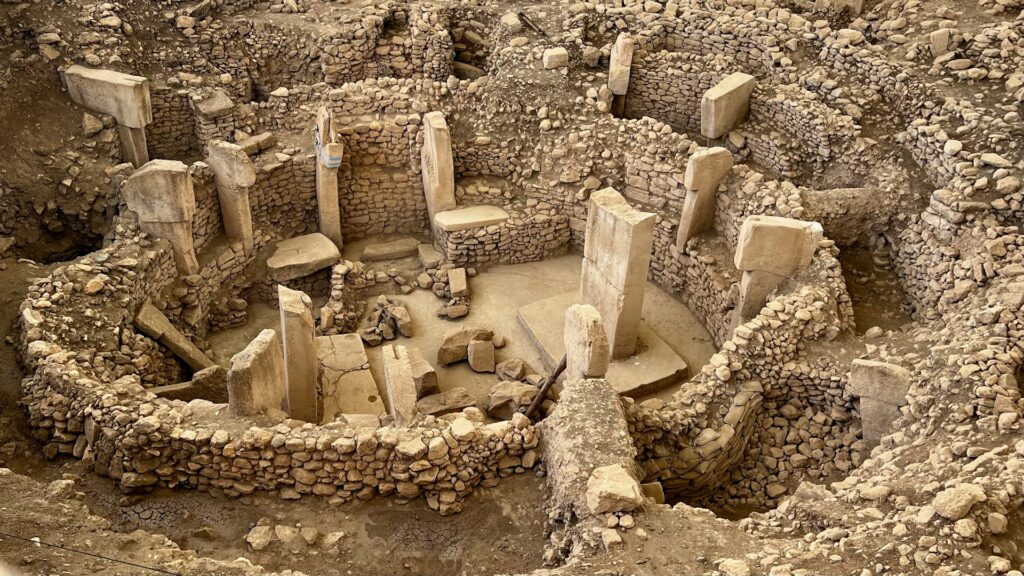
Petra, Jordan
Petra, often referred to as the ‘Rose City’ due to the colour of the stone from which it is carved, is an ancient city in southern Jordan. Established as early as the 4th century BC and approximately 2,300 years old, Petra served as the capital of the Nabataean Kingdom.
The city is renowned for its rock-cut architecture and water conduit system. The most famous structure, Al-Khazneh (The Treasury), is a stunning example of the Nabataeans’ architectural prowess. Petra’s historical and cultural significance, combined with its breathtaking beauty, make it a must-visit site.
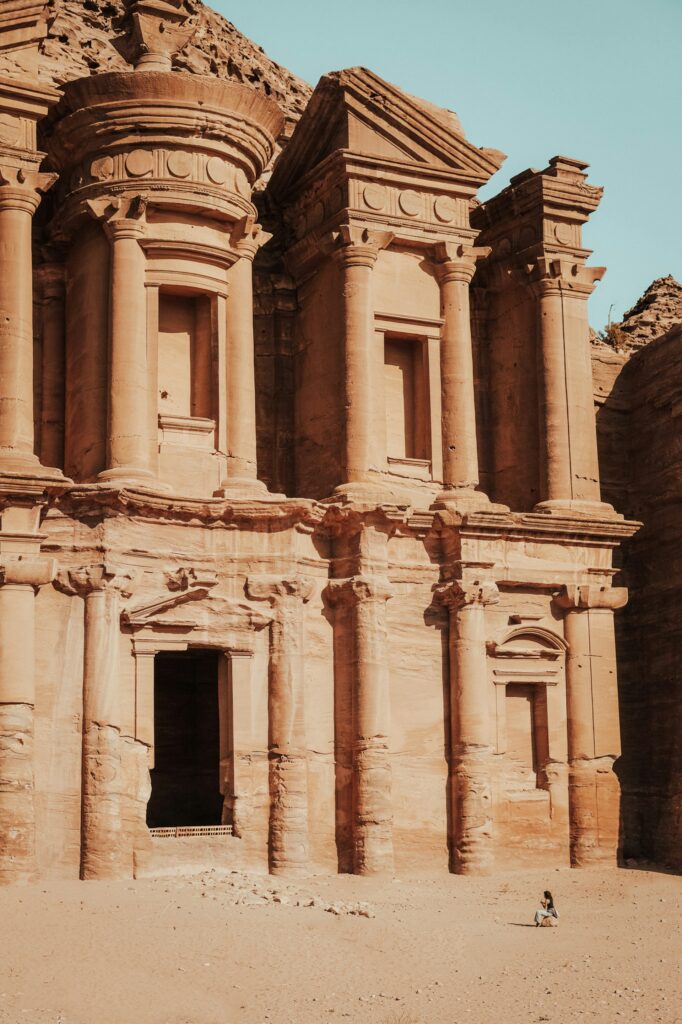
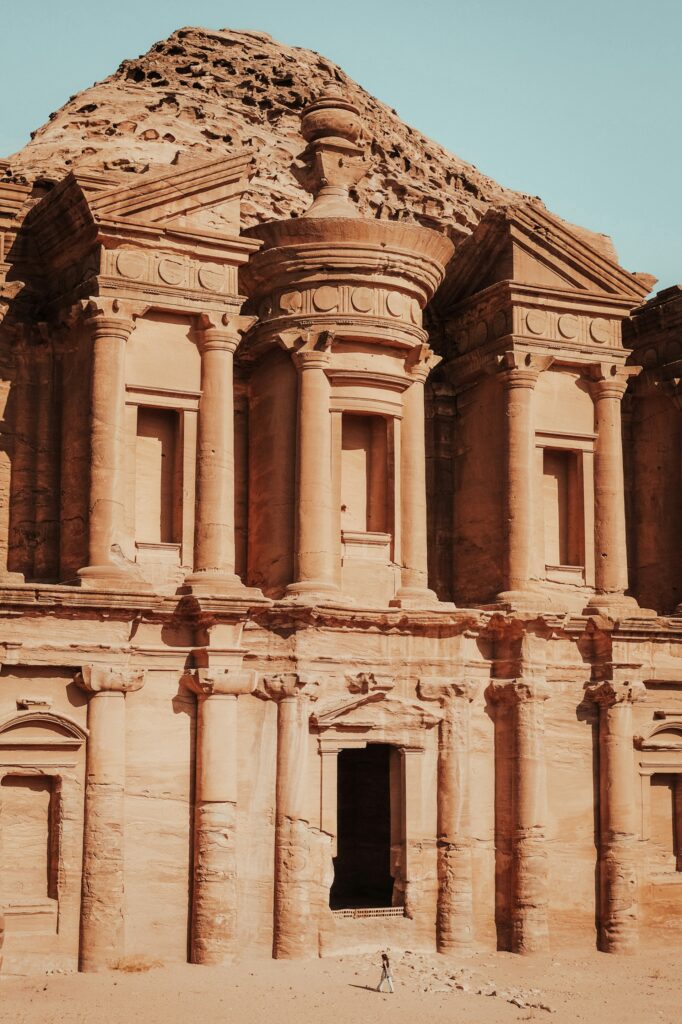
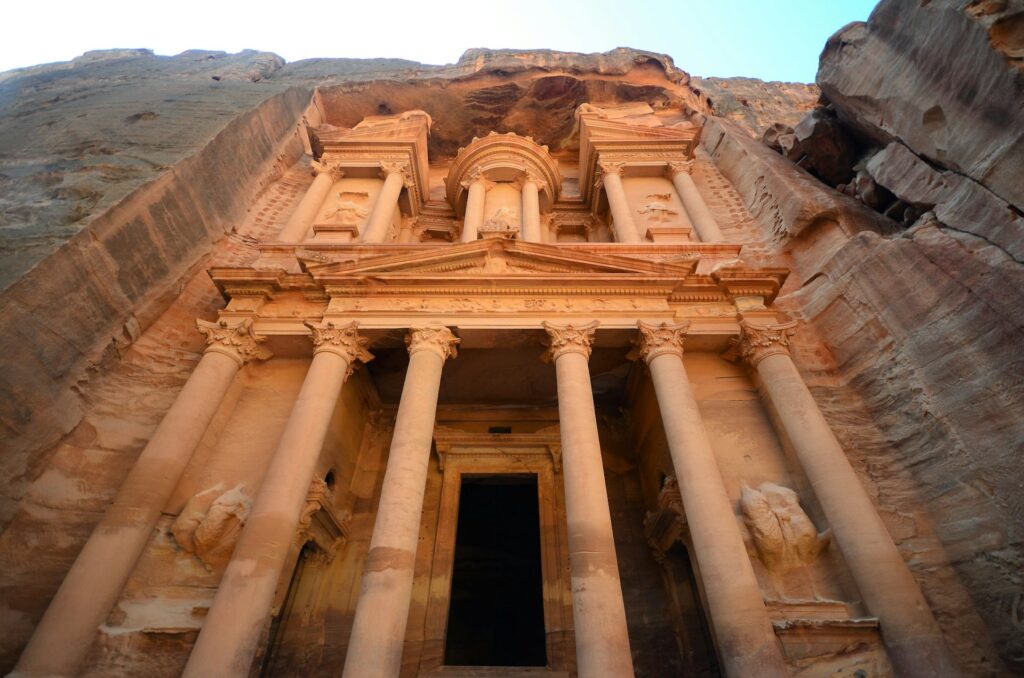
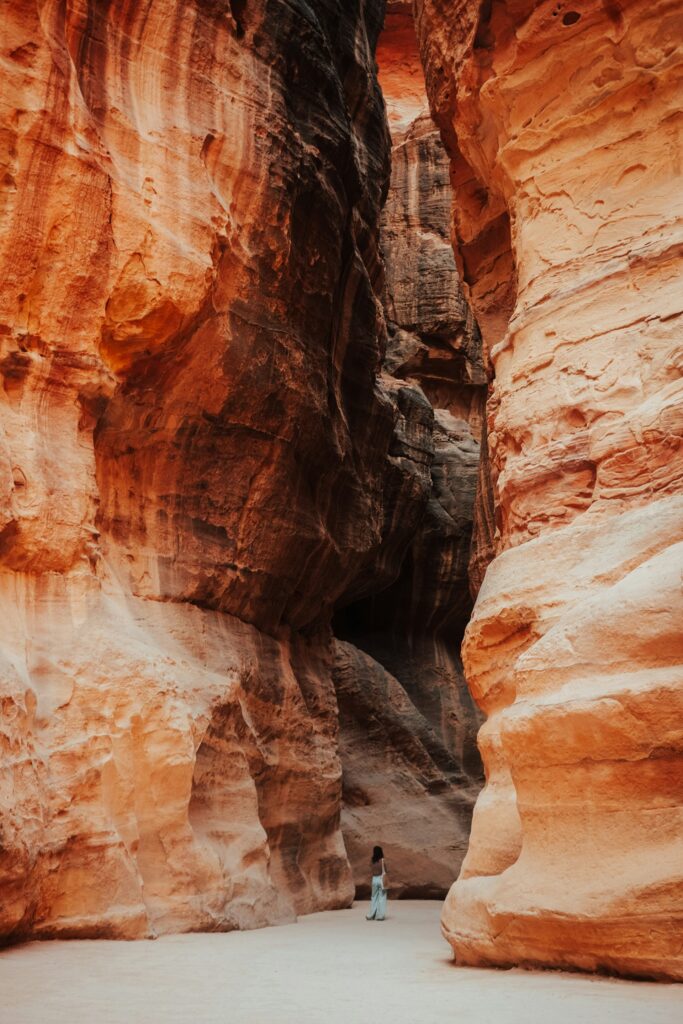
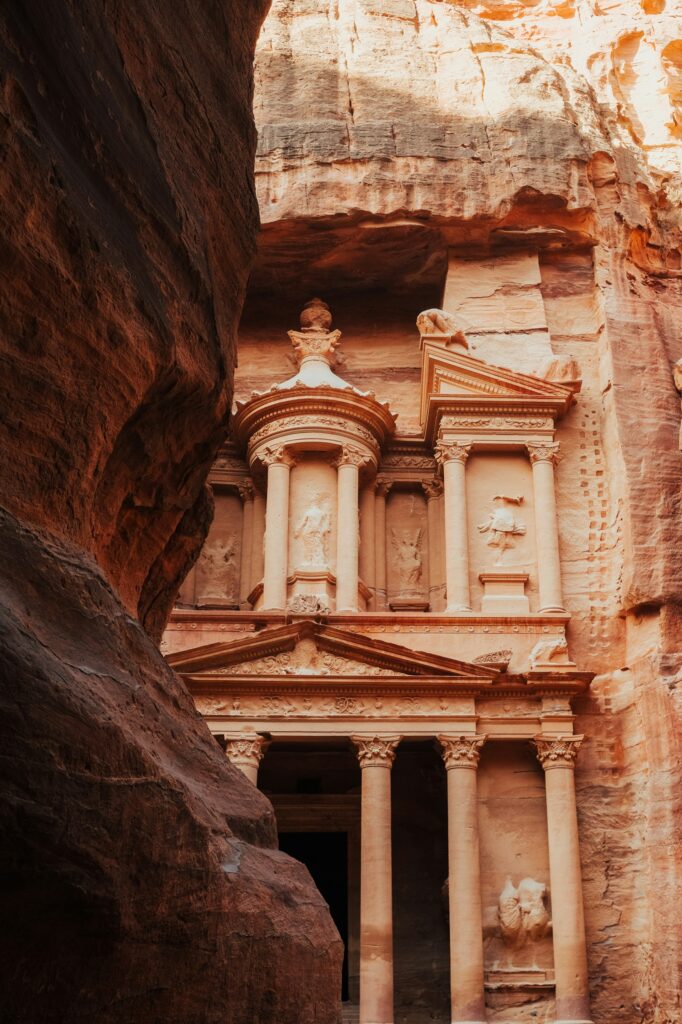
The Bottom Line
Exploring ancient sites allows us to connect with the past and appreciate the achievements of early civilisations. Whether you’re marvelling at the engineering feats of the Pyramids of Giza, pondering the mysteries of Stonehenge, or experiencing the spiritual significance of Mecca, these destinations offer a unique and enriching travel experience. Add these ancient sites to your bucket list and embark on a journey through time, discovering the roots of human history and culture.





